12 GPTs for Regulation Analysis Powered by AI for Free of 2026
AI GPTs for Regulation Analysis are advanced artificial intelligence tools designed to assist in interpreting and analyzing regulatory documents and compliance requirements. Utilizing Generative Pre-trained Transformers (GPTs), these tools are adept at understanding complex regulatory language, providing summaries, and highlighting relevant information for compliance purposes. Their role is crucial in simplifying the intricate process of regulation analysis, making them invaluable for staying compliant with industry standards and laws.
Top 10 GPTs for Regulation Analysis are: Tax Amigo,UK Building Regulation Navigator,Tax Advisor Assistant - Pillar Two Specialist,Legal Insight,教育部聘任升等法規問答機器人,GDPR helper | unfold:ai,Bequall | ADU Policy Generator,Abogado Electoral Ecuatoriano,persons ADVOKAT,Abogado Ambato Ecuador
Tax Amigo
Empowering Tax Decisions with AI Expertise
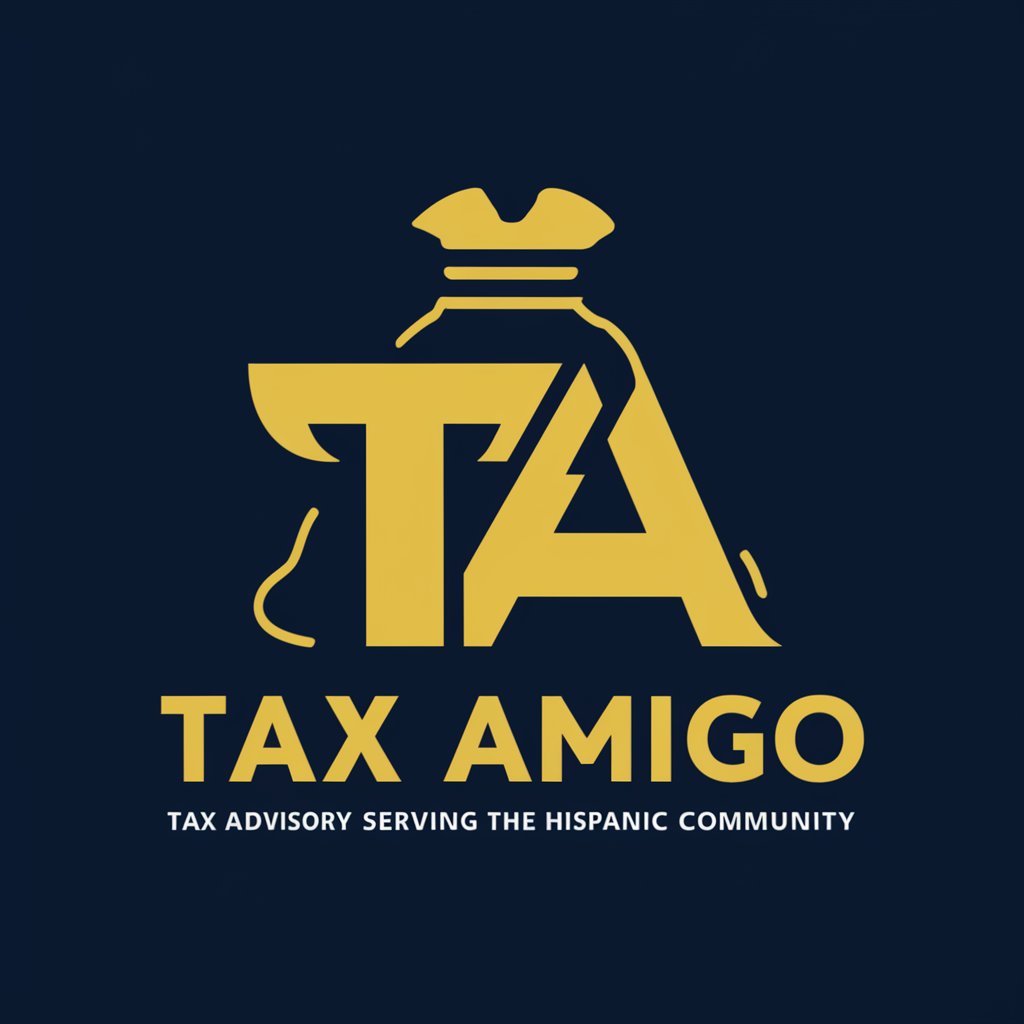
UK Building Regulation Navigator
Navigating Building Regulations with AI Precision
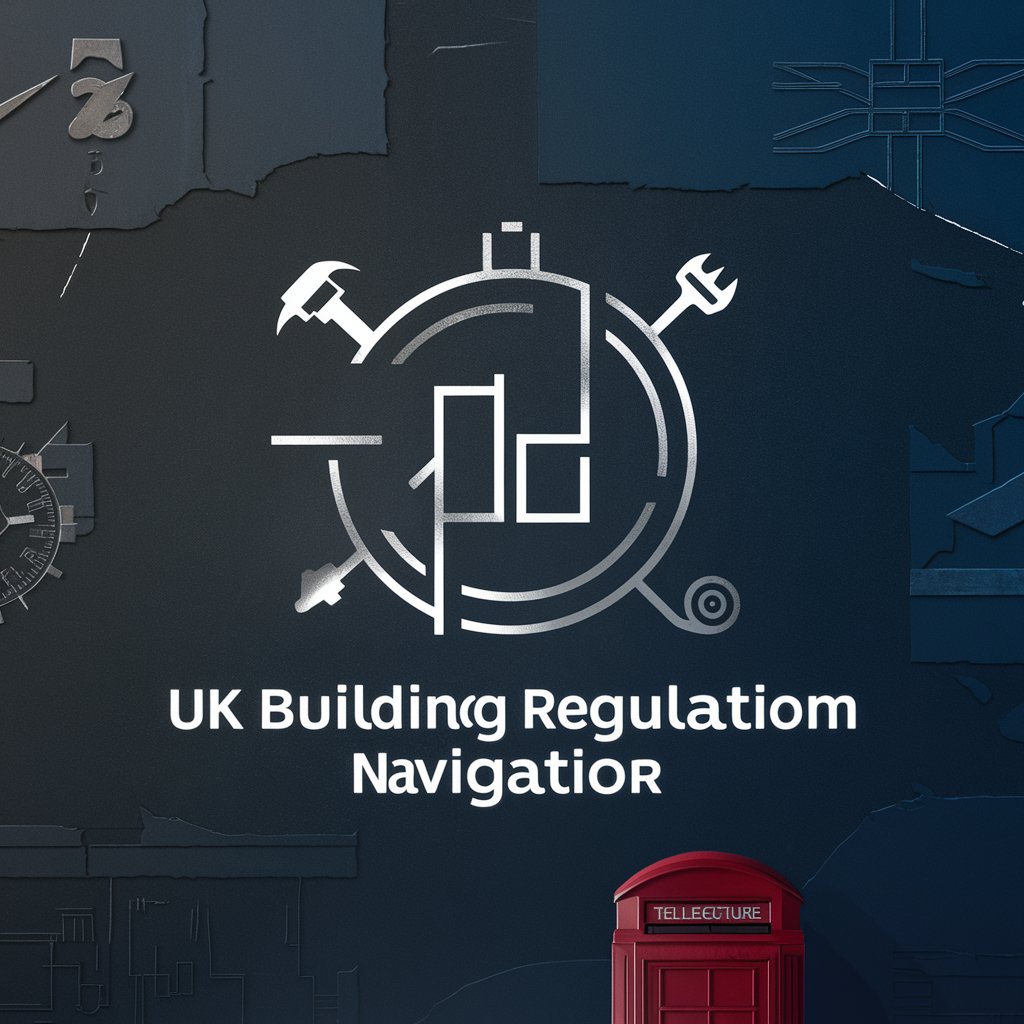
Tax Advisor Assistant - Pillar Two Specialist
AI-powered Tax Strategizing Expert

Legal Insight
Demystifying Law with AI Expertise
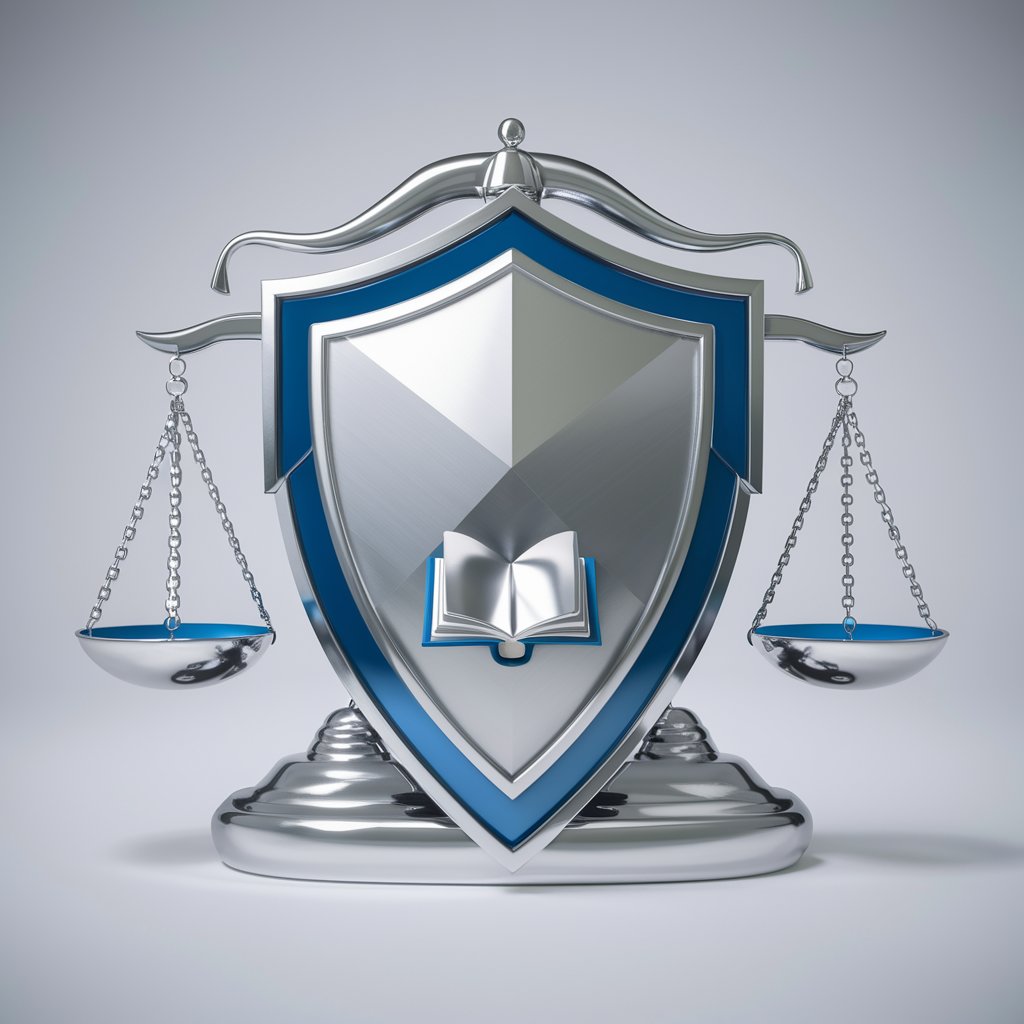
教育部聘任升等法規問答機器人
Navigate educational regulations with AI-powered precision.
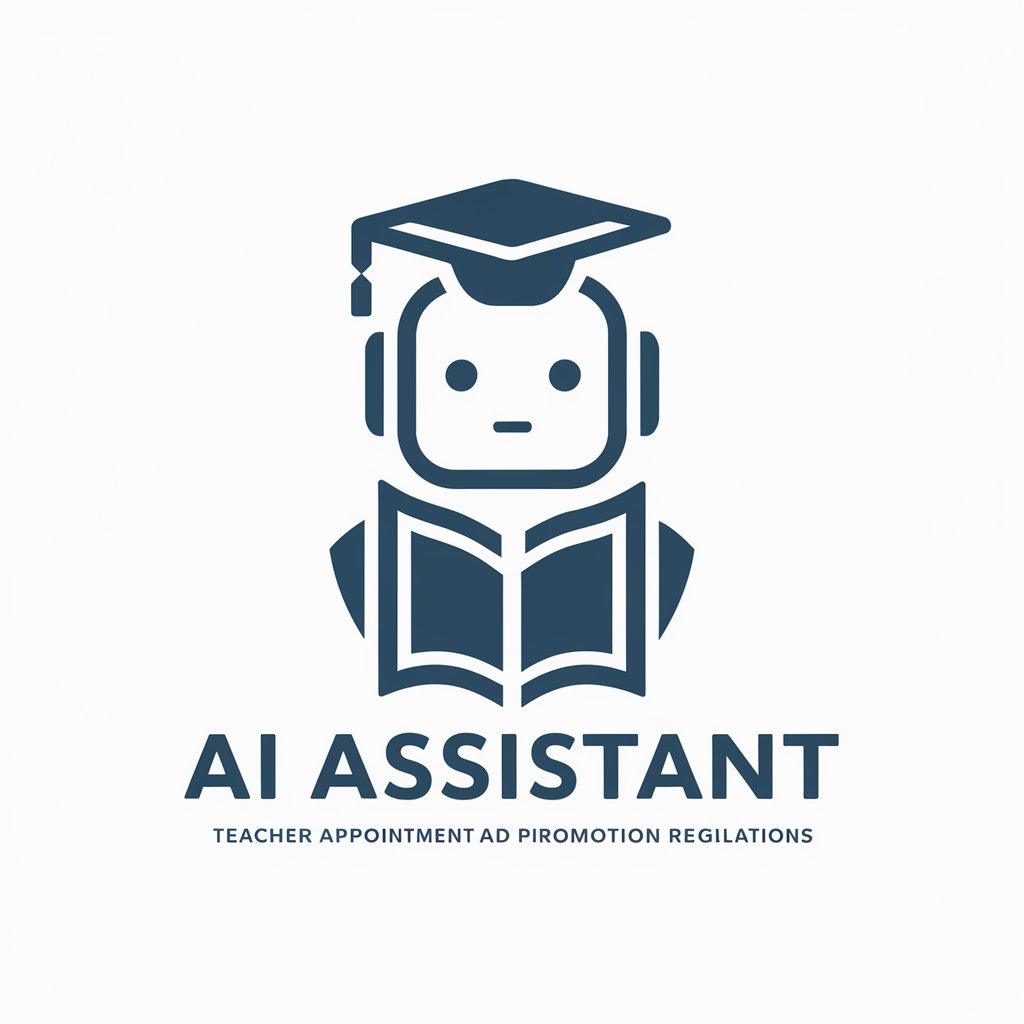
GDPR helper | unfold:ai
Navigating GDPR with AI-Powered Precision
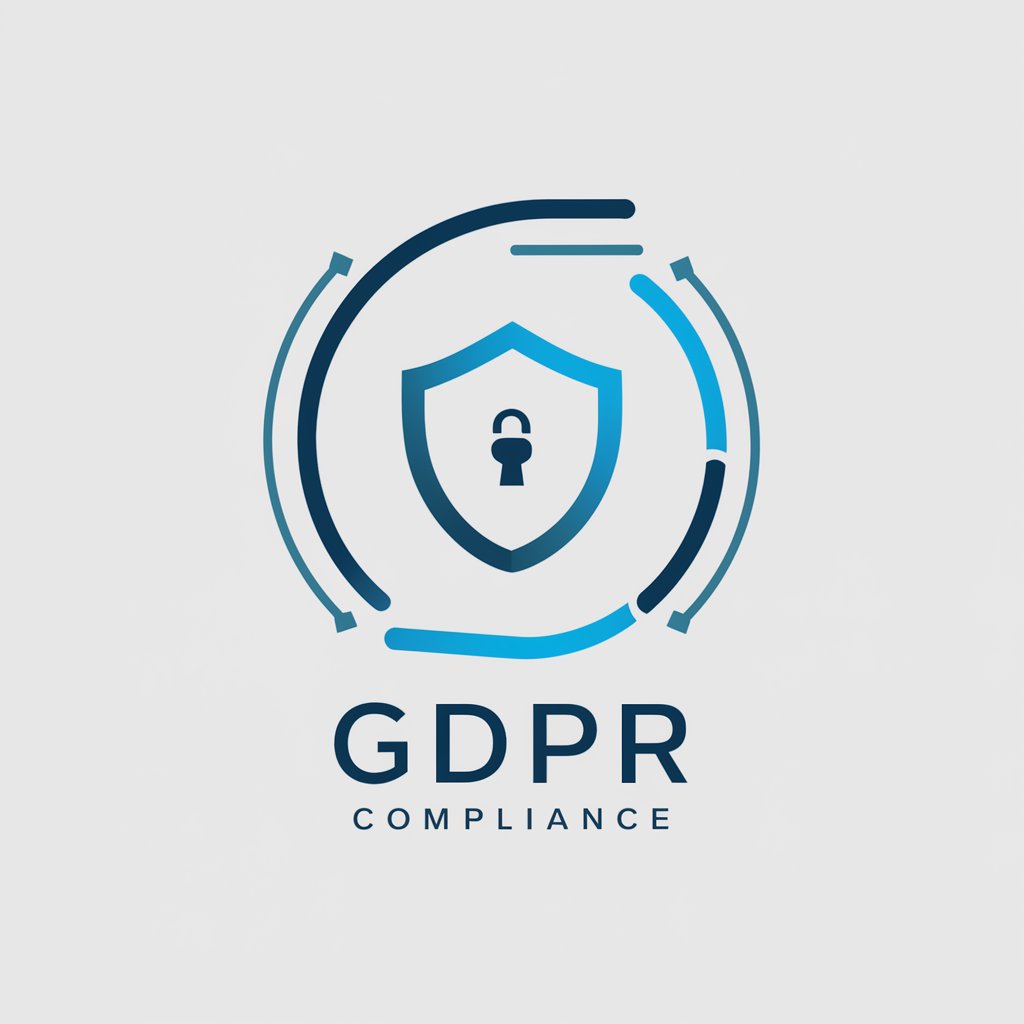
Bequall | ADU Policy Generator
Crafting ADU Policies with AI Precision
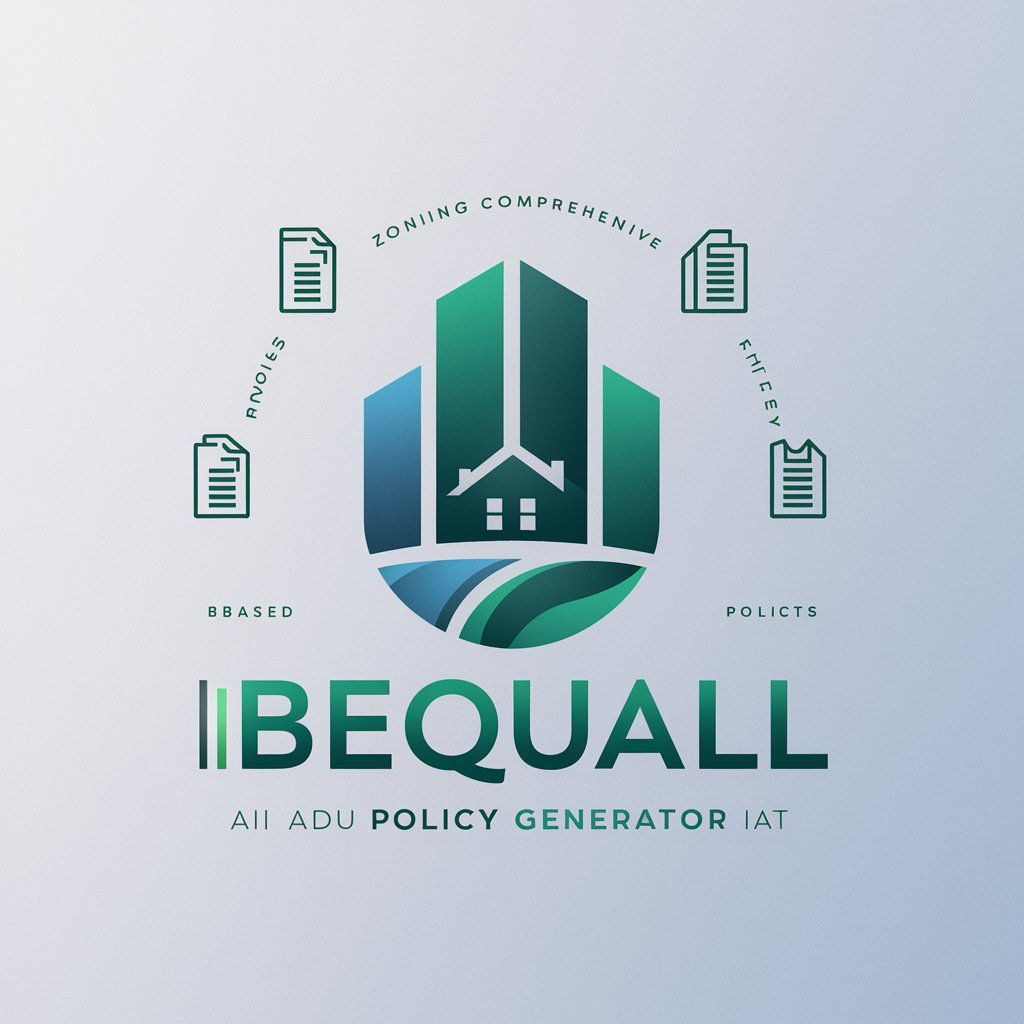
Abogado Electoral Ecuatoriano
Empowering Your Electoral Legal Journey with AI
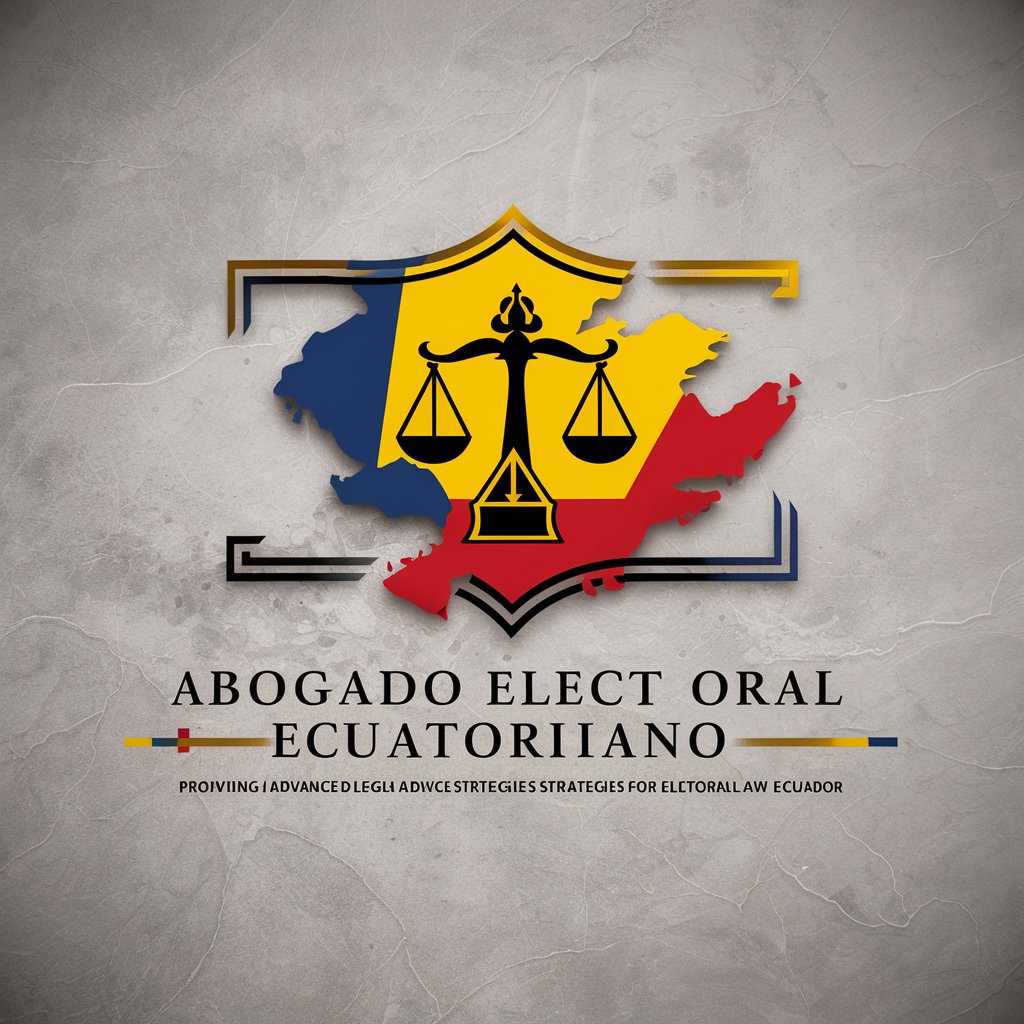
persons ADVOKAT
Navigating Kazakhstani Law with AI
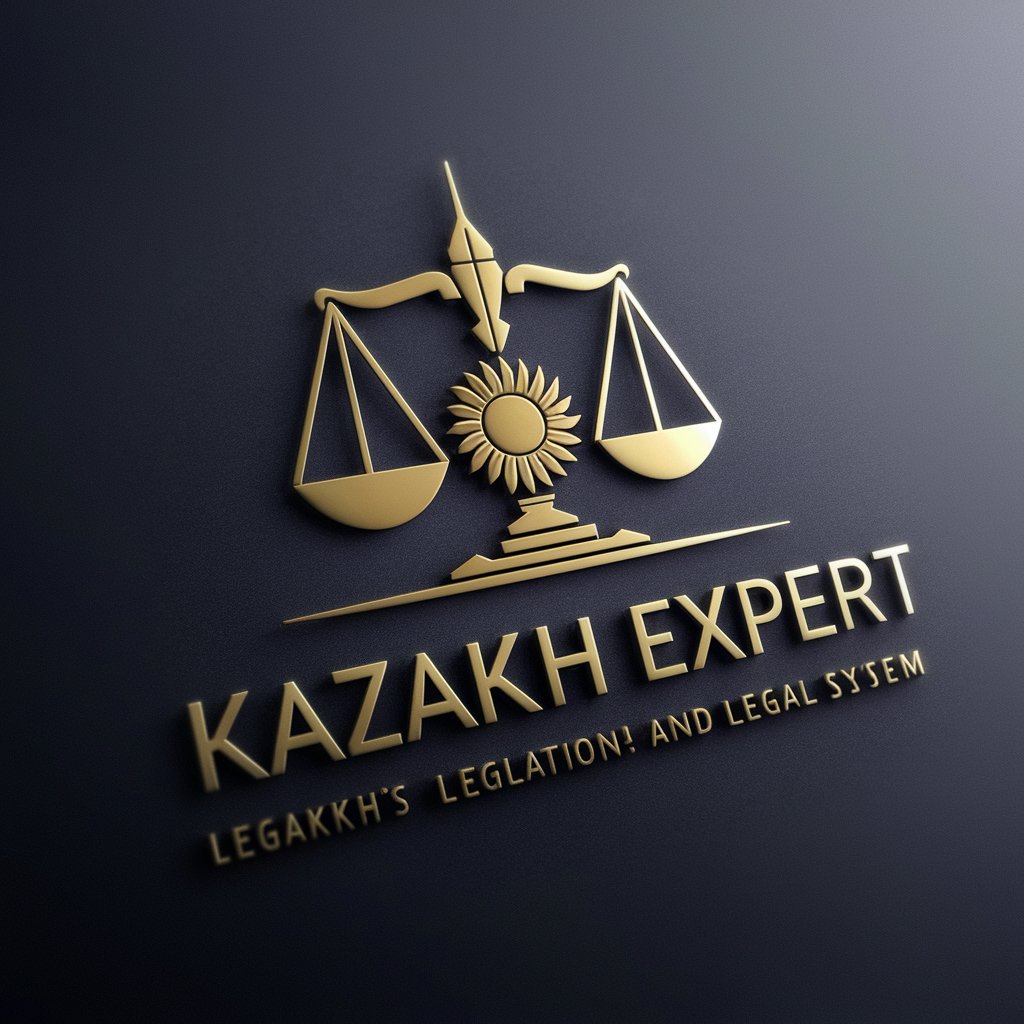
Abogado Ambato Ecuador
Navigate Ecuador's legal system with AI-powered guidance.
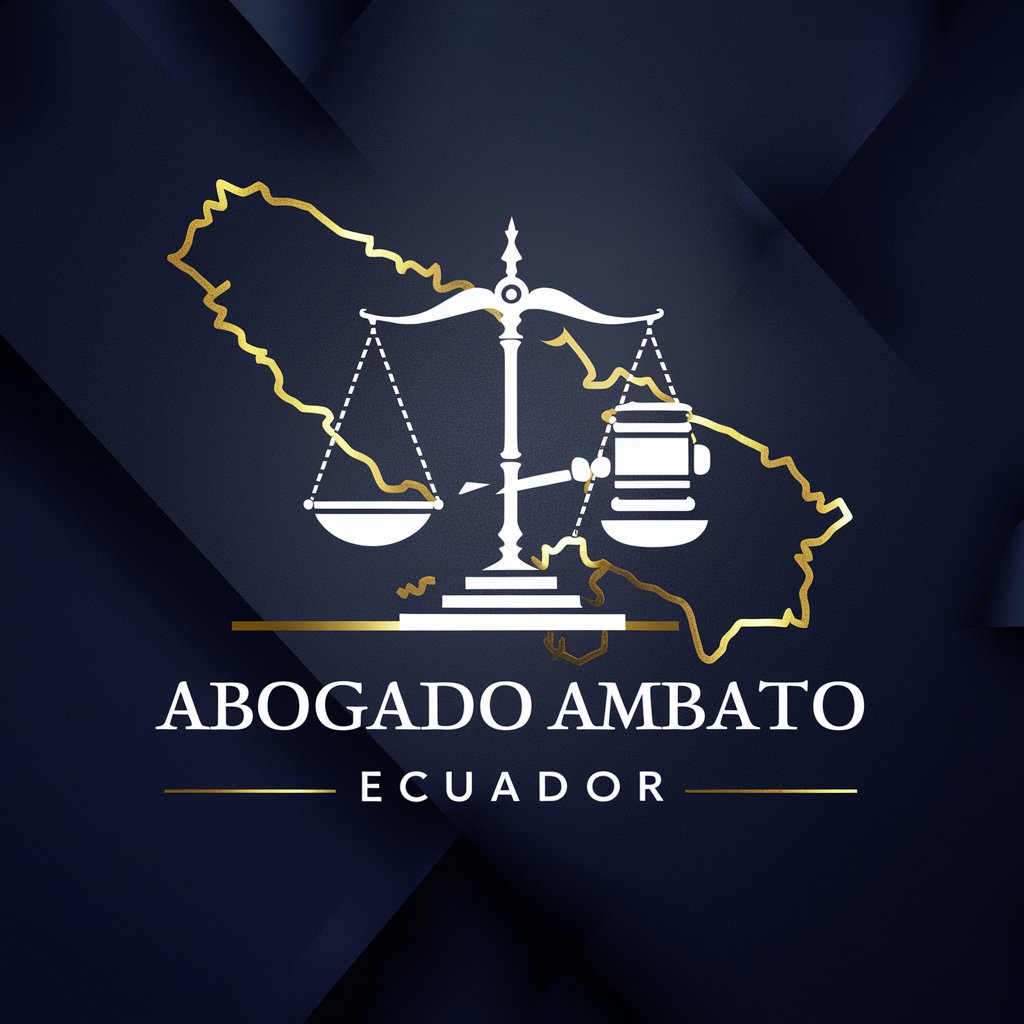
Spectrum Guide Canada
Navigating Spectrum Management with AI
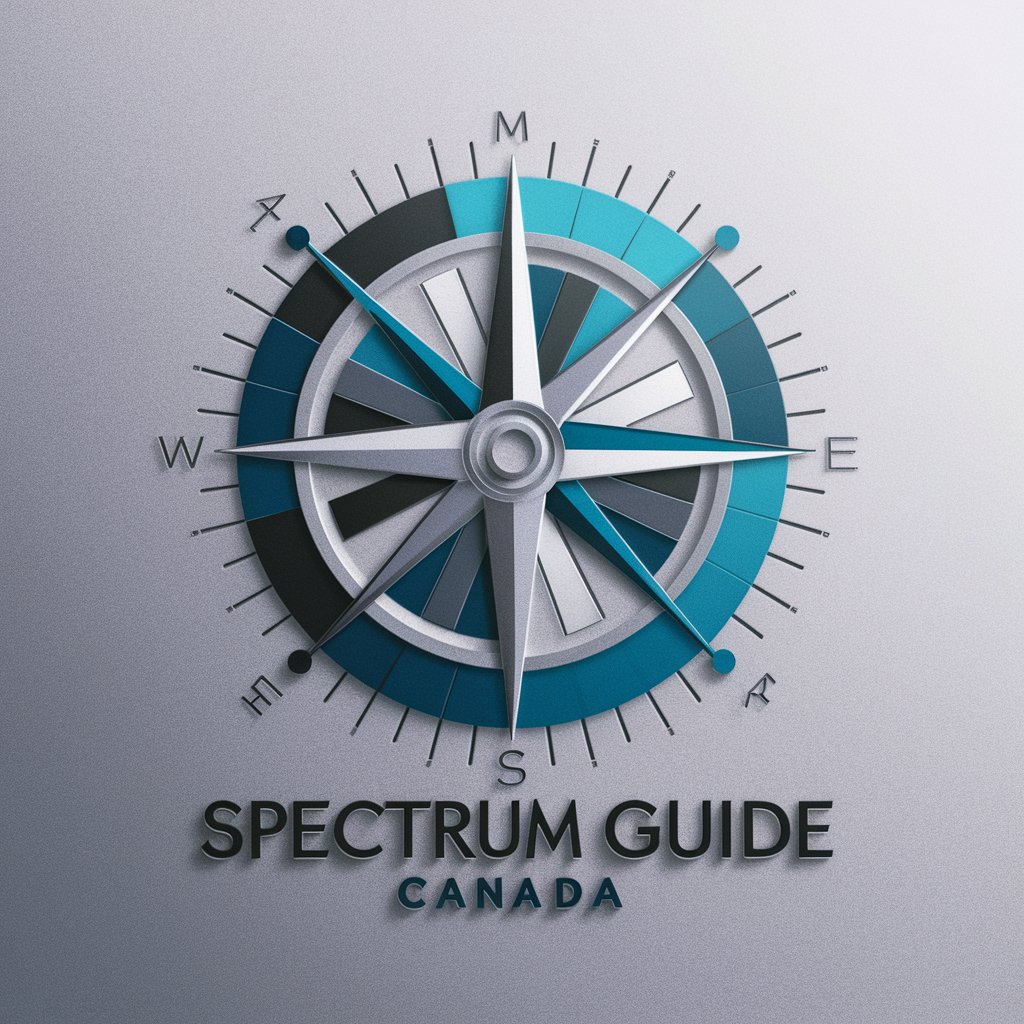
FISCONSUL
Empowering Your Finance with AI
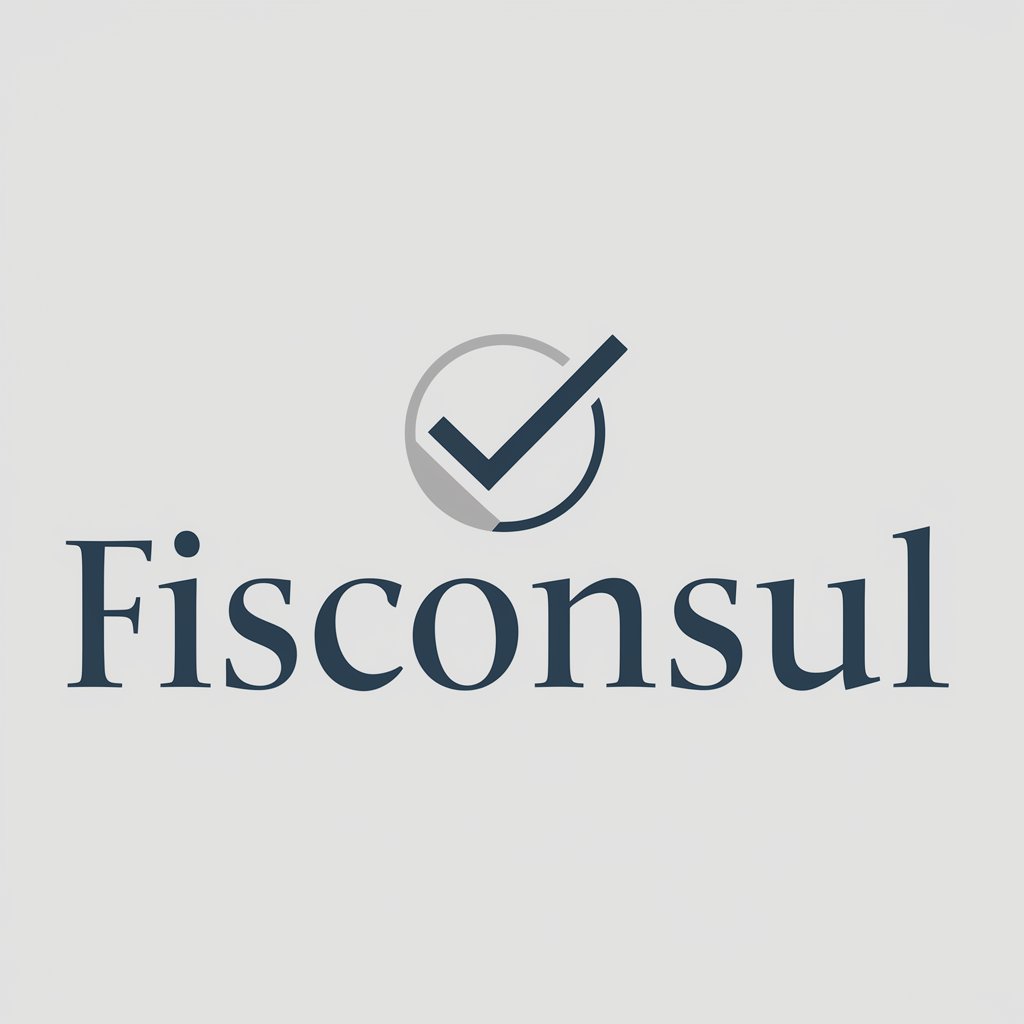
Key Characteristics of AI GPTs in Regulation Analysis
AI GPTs tools for Regulation Analysis are equipped with several distinctive features, including natural language understanding and generation, which enable them to interpret complex regulatory texts with high accuracy. They can adapt to various levels of analysis complexity, from basic compliance checks to deep regulatory research. Special features include the ability to learn from new regulations, offer technical support, conduct web searches for the latest compliance standards, create visual representations of data, and perform detailed analyses. Their adaptability and learning capabilities ensure they remain up-to-date with the latest regulations.
Who Benefits from AI GPTs in Regulation Analysis?
The primary users of AI GPTs for Regulation Analysis range from legal professionals and compliance officers to business analysts and developers. These tools are designed to be accessible to novices without coding skills, providing easy-to-understand insights into complex regulations. Additionally, they offer advanced customization options for users with programming expertise, allowing for tailored analysis that fits specific regulatory needs.
Try Our other AI GPTs tools for Free
Housing Strategy
Discover how AI GPTs revolutionize housing strategy with data-driven insights and tailored solutions for urban development, making complex planning simpler and more effective.
Legal Principles
Discover AI GPT tools for Legal Principles, designed to enhance legal research, document drafting, and legal advice with advanced AI technology.
Astronomy Quiz
Discover how AI GPTs revolutionize astronomy quizzes with tailored, interactive learning experiences. Engage with the universe through quizzes, visual content, and the latest research.
Astronomical Discoveries
Explore the universe with AI GPT tools for Astronomical Discoveries. Tailored for both novices and experts, these tools offer insights, predictions, and simulations to enhance your understanding of the cosmos.
Wellness Challenge
Explore how AI GPTs for Wellness Challenge revolutionize personal and professional wellness with tailored advice, interactive support, and comprehensive insights.
Item Selling
Discover how AI GPTs for Item Selling revolutionize e-commerce with automated descriptions, customer service, and market analysis, enhancing efficiency and engagement.
Expanding the Capabilities of Regulation Analysis with AI GPTs
AI GPTs offer a transformative approach to regulation analysis, with user-friendly interfaces that cater to both technical and non-technical users. Their integration capabilities mean they can easily become a part of existing workflows, enhancing efficiency and accuracy in compliance monitoring. By leveraging AI GPTs, sectors can navigate the complexities of regulatory compliance with greater ease and precision.
Frequently Asked Questions
What exactly are AI GPTs for Regulation Analysis?
AI GPTs for Regulation Analysis are AI-powered tools that help interpret and analyze regulatory documents, ensuring compliance with laws and industry standards.
How do these tools interpret complex regulations?
They utilize advanced natural language processing techniques to understand and analyze the context and semantics of regulatory texts.
Can non-technical users operate these AI GPTs effectively?
Yes, these tools are designed with user-friendly interfaces that make them accessible to non-technical users, simplifying the process of regulation analysis.
Are these tools adaptable to different industries' regulations?
Absolutely, they are highly adaptable and can be tailored to meet the specific compliance requirements of various industries.
How do AI GPTs stay updated with new regulations?
They continuously learn from new data and regulations published online, ensuring they always provide up-to-date analysis.
Can AI GPTs generate reports on compliance?
Yes, they can compile detailed reports summarizing compliance status, potential issues, and recommendations for action.
Is it possible to customize the analysis provided by AI GPTs?
Yes, developers and users with programming skills can customize the tools to focus on specific areas of interest or concern within the regulatory framework.
Can AI GPTs integrate with existing compliance or regulatory systems?
Yes, they can be integrated with existing systems to enhance regulatory analysis and compliance monitoring processes.